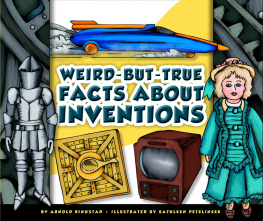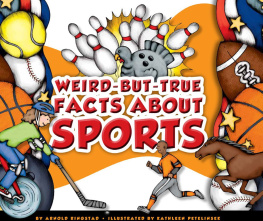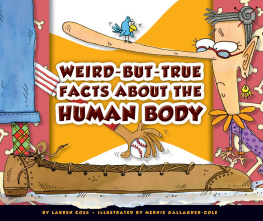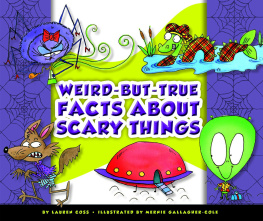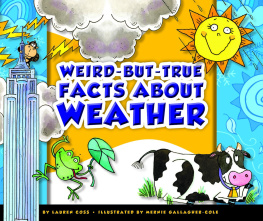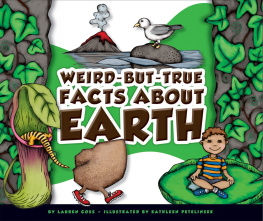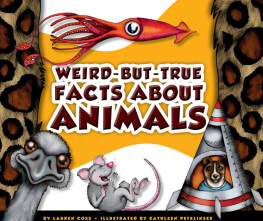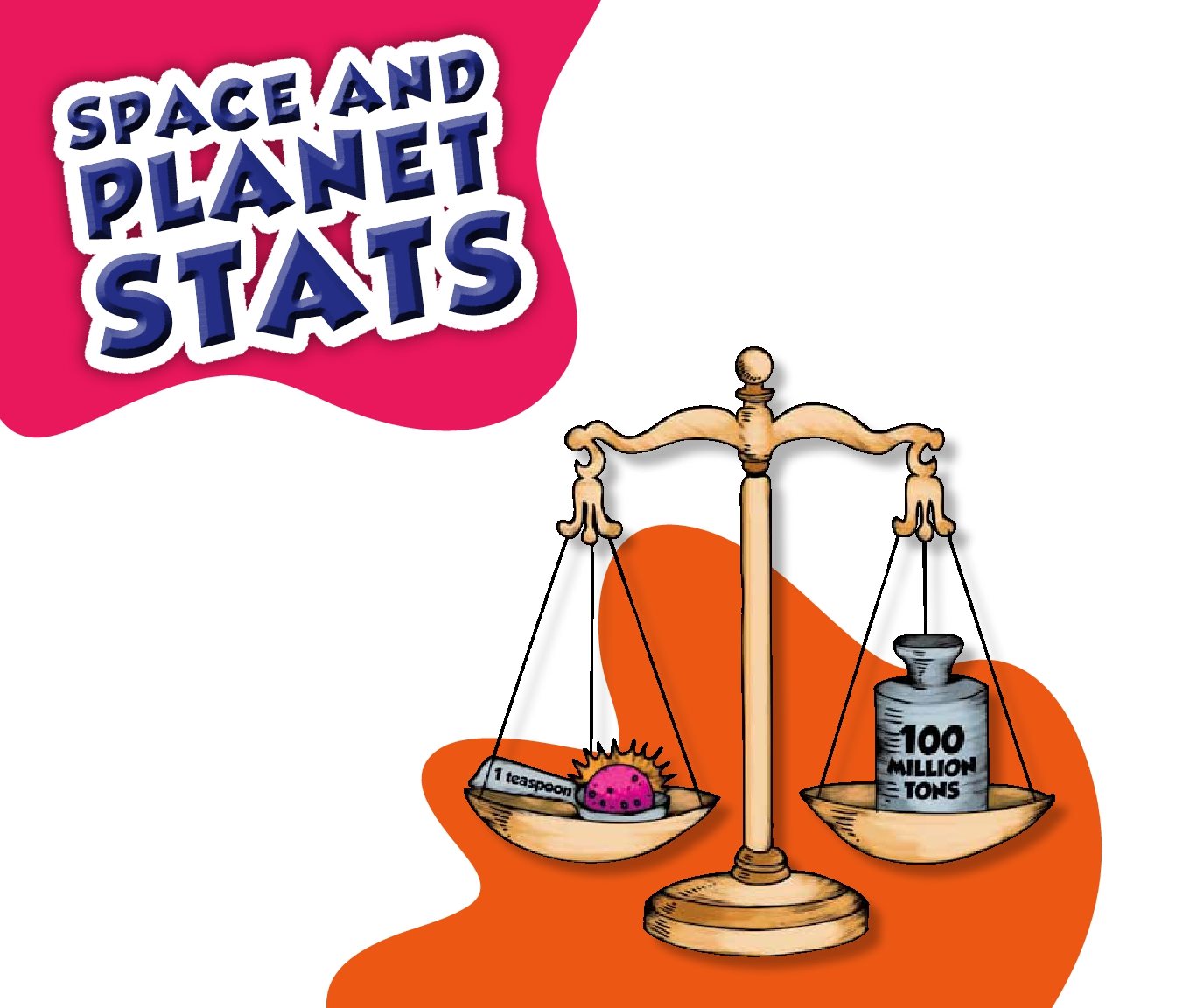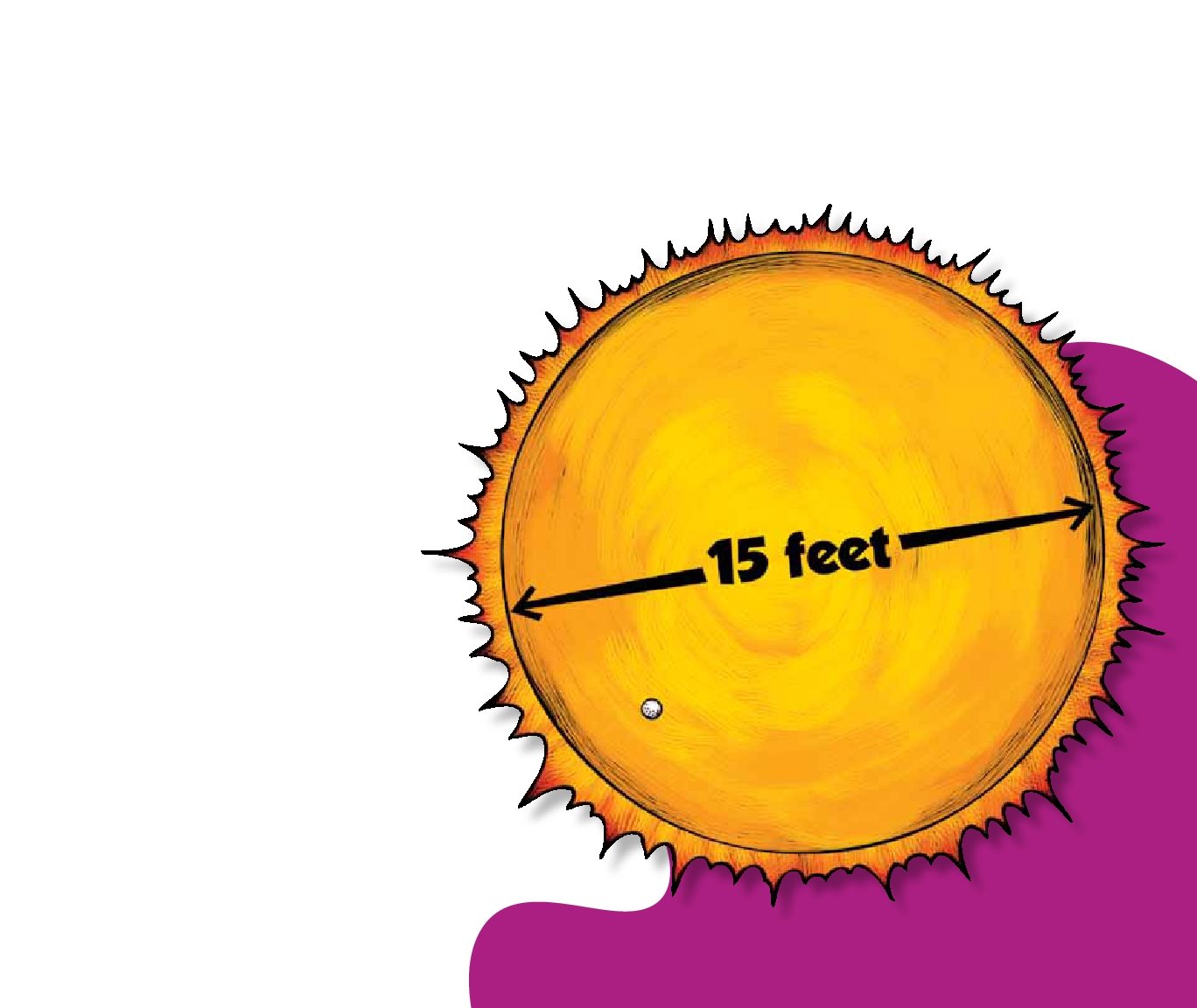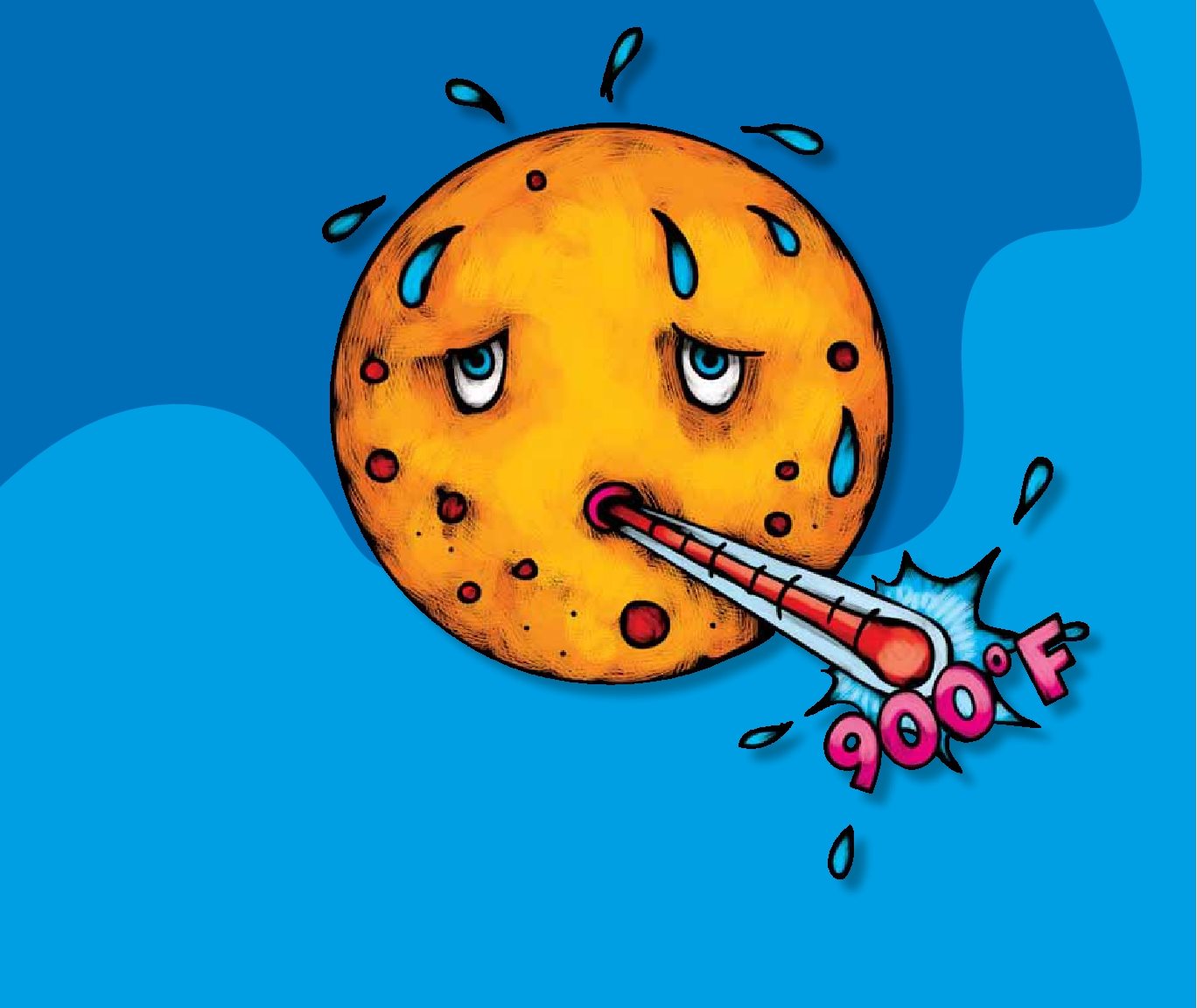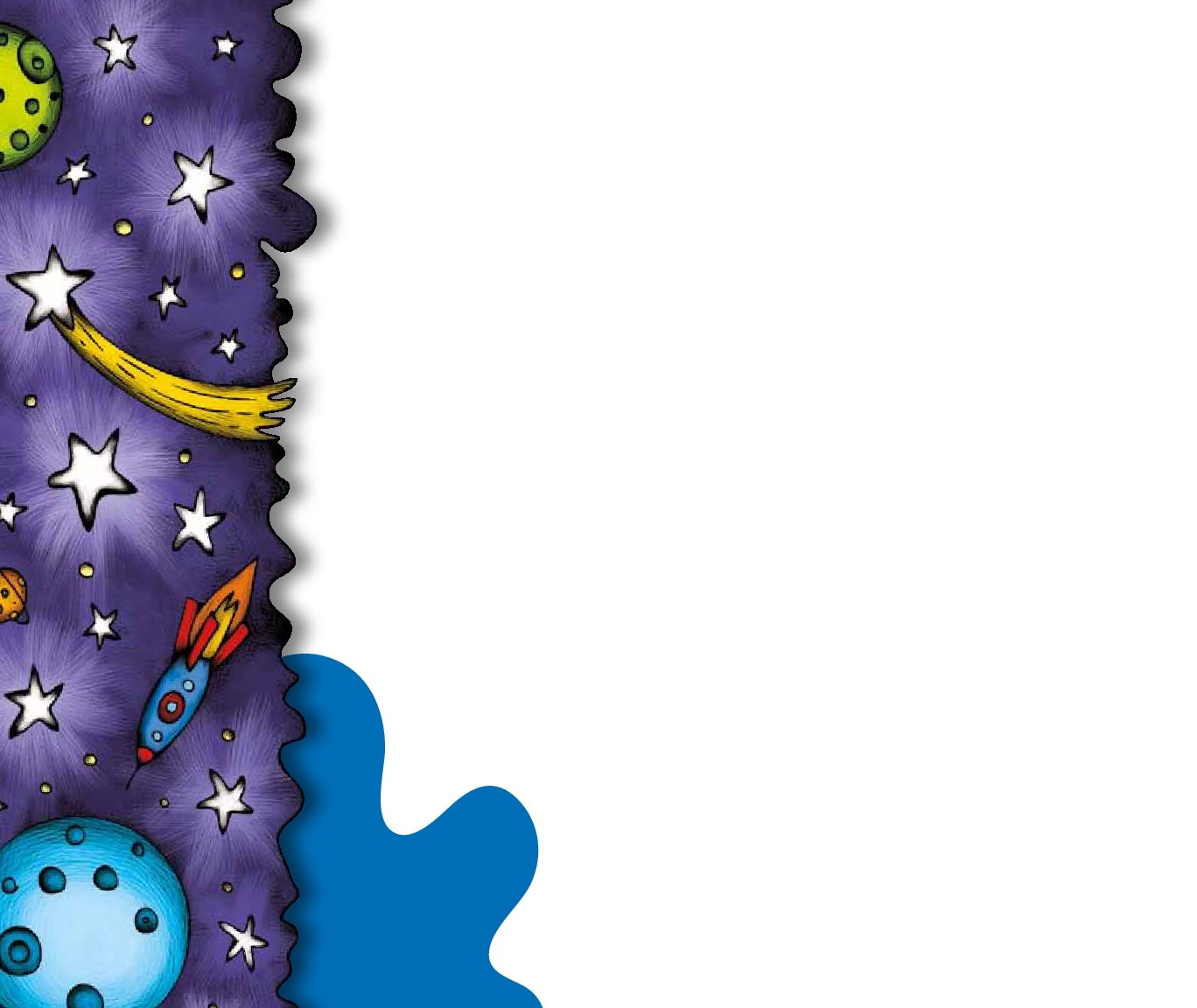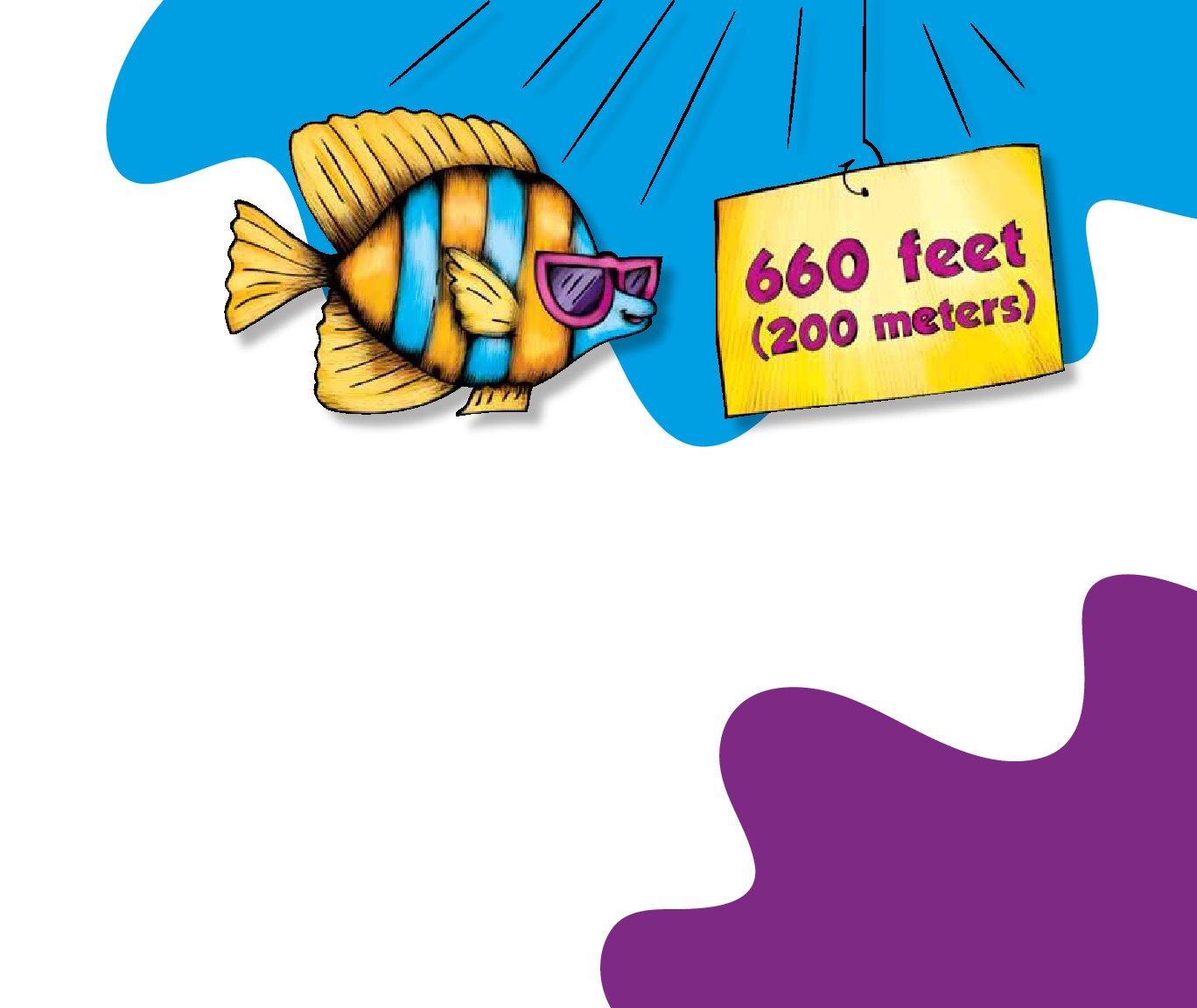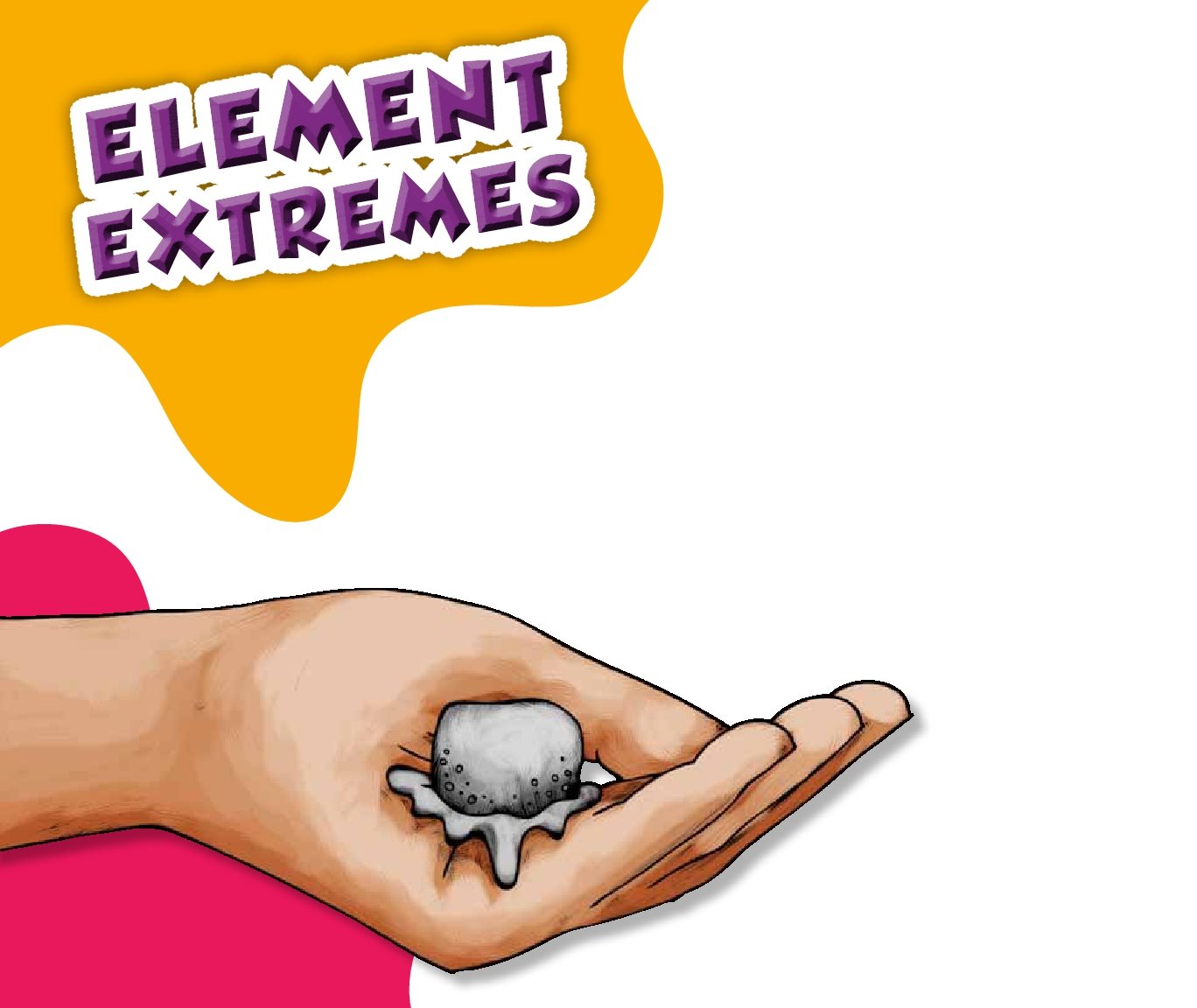Published by The Childs World
1980 Lookout Drive Mankato, MN 56003-1705
800-599-READ www.childsworld.com
Acknowledgments
The Childs World: Mary Berendes, Publishing Director
Red Line Editorial: Editorial direction
The Design Lab: Design
Amnet: Production
Copyright 2013 by The Childs World
All rights reserved. No part of this book may be
reproduced or utilized in any form or by any means
without written permission from the publisher.
ISBN 9781614734178
LCCN 2012946524
Printed in the United States of America
Mankato, MN
November, 2012
PA02143
About the Author
Arnold Ringstad lives in Minneapolis,
Minnesota. He enjoys building and
launching rockets, even if they arent
36 stories tall.
About the Illustrator
Kathleen Petelinsek loves to draw and
paint. She lives next to a lake in southern
Minnesota with her husband, Dale; two
daughters, Leah and Anna; two dogs,
Gary and Rex; and her fluffy cat, Emma.
The Odd Lives of
Scientists... 26
Scientists have been making discoveries
about our universe for thousands of years.
They study the stars in the sky and the center
of the sun. They investigate the extremely
hot and the extremely cold, the gigantic and
the tiny. They seek patterns in numbers and
mathematics. They even discover how time
and space interact. Scientists have learned
much about how the universe works. Get ready
to learn about some fascinating discoveries
and the interesting people who made them.
And dont forgetthese facts are all true!
There are more stars
in the universe than
there are grains
of sand on all of
Earths beaches.
One teaspoon of
a neutron star
weighs more than
100 million tons
(90 million
metric tons).
A neutron star is a very small,
very dense star that is made
when a large star collapses.
Neutron stars have a lot of
tightly packed mass .
If Earth were the size of a golf ball, the
sun would be 15 feet (4.5 m) wide.
But even the sun is tiny compared to
other stars. On this scale, one of the
largest stars in the galaxy would
be the size of Mount Everest.
The winds on
Neptune are
more than
five times
faster than
the strongest
wind ever
recorded
on Earth.
They are the strongest in
the solar system. Winds on
Neptune blow at 1,500 miles
per hour (2,400 km/h).
The temperature
on the surface of
Venus can reach nearly
900 degrees Fahrenheit (482C).
This is about seven times hotter than the hottest temperatures
on Earth. Its also hotter than most ovens.
The planet Jupiter
has more mass
than the rest of the
planets put together.
There are less than
two Mercury days in
a Mercury year.
A year on Mercurythe time it takes to
rotate the sunis only 88 Earth days. But
a Mercury daythe time it takes to spin
on its axisis more than 58 Earth days.
Energy takes about one million
years to get from the center of
the sun to the surface of the sun.
The energy travels about 430,000 miles (692,000 km) through
very hot burning gases. At the surface, the energy is released as
light. The light then takes only eight minutes to travel 93 million
miles (150 million km) from the surface of the sun to Earth.
For the Northern Hemisphere,
Earth is closer to the sun during
winter than it is during summer.
When Earth is tilted so that the suns light is hitting it more
directly, it heats up and causes summer, even though the sun is
farther away.
Until 2006, there were nine
planets in the solar system.
In that year, scientists decided to call Pluto a dwarf
planet instead. Now there are eight planets.
There is a giant
meteor crater in the
desert in Arizona.
Barringer Crater is about 4,000 feet
(1,200 m) across and 650 feet (200 m)
deep. It was created 50,000 years ago
when a meteor more than 100 feet (30 m)
wide smashed into the ground.
Sunlight can reach about 660 feet
(200 m) down into the ocean.
The deepest part of the ocean is about 36,000 feet (11,000 m).
Mars moon Phobos
has such low gravity
that you could easily
throw a baseball into
orbit from its surface.
It is only about 12 miles (20 km across).
You can melt
the metal gallium
by holding it in
your hand.
Its melting point is about 86
degrees Fahrenheit (30C).
The melting point of carbon is
about 6,870 degrees Fahrenheit
(3,800C). The melting point
of water, when it goes from a
solid to a liquid, is 32 degrees
Fahrenheit (0C).
We could be up to
our knees in gold.
There is enough gold hidden in the
planets crust that it could cover
Earths landmasses to about the
depth of someones knees.
One ounce (0.03 kg) of
gold can be flattened
into a thin sheet
covering about 270
square feet (25 sq m).
This is 400 times thinner than a human hair.
If you pour salt into a
full glass of water, the
glass wont overflow.
The water level will actually go down. This
is because the salt molecules fill into the
space between the water molecules.


